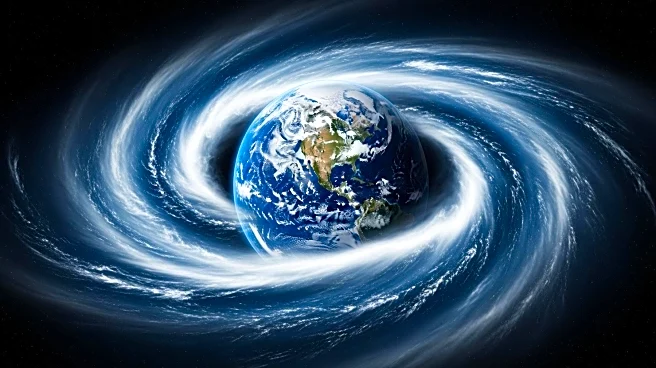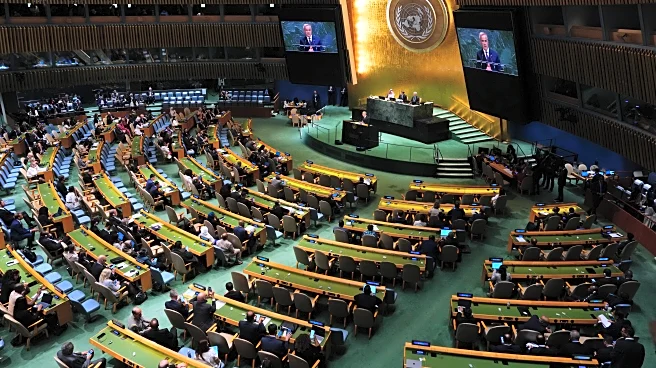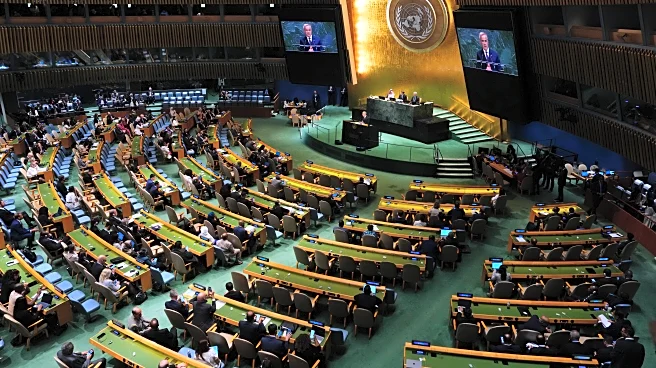What is the story about?
What's Happening?
A rare meteorological event known as sudden stratospheric warming has been observed over Antarctica, leading to concerns about potential weather impacts in southern Australia. This phenomenon involves a significant rise in stratospheric temperatures, which can alter weather patterns. Historically, such events have led to hotter and drier conditions in south-east Australia, as seen during the Black Summer bushfires in 2019. Dr. Martin Jucker, an atmospheric science lecturer at the University of New South Wales, noted that temperatures 30 kilometers above the Southern Ocean and Antarctica have increased by about 30 degrees Celsius above average. This warming is accompanied by a slowdown in the polar vortex winds, which typically reach speeds of 200 km/h but are now reduced to 100 km/h. These changes could result in warmer and drier weather at the surface, although the Bureau of Meteorology forecasts wetter conditions, creating uncertainty about the overall impact.
Why It's Important?
The sudden stratospheric warming event could have significant implications for weather patterns in southern Australia, potentially leading to increased temperatures and reduced rainfall. This is particularly concerning given the historical context of such events exacerbating bushfire conditions, as seen during the Black Summer. The potential for drier-than-average conditions could affect agriculture, water resources, and increase the risk of wildfires, impacting both the economy and public safety. Additionally, the event may influence the southern annular mode, a climate driver that affects weather patterns across the region. Understanding and predicting these changes is crucial for preparing and mitigating potential adverse effects on communities and industries.
What's Next?
Meteorologists and climate scientists will continue to monitor the situation closely to better understand the interplay between the stratospheric warming and other climate drivers. The Bureau of Meteorology will likely update forecasts as more data becomes available, helping to inform public policy and emergency preparedness strategies. Stakeholders, including government agencies and agricultural sectors, may need to consider adaptive measures to address potential impacts on water resources and fire management. The scientific community will also focus on refining models to predict future occurrences and their effects more accurately.
Beyond the Headlines
While sudden stratospheric warming events are rare in the southern hemisphere, they are more common in the northern hemisphere, occurring approximately six times a decade. This event provides an opportunity to study the phenomenon in a different context, potentially offering insights into global climate patterns and the mechanisms driving these changes. Additionally, the warming could have a positive effect by reducing the size of the ozone hole, as temperatures rise above the threshold for ozone destruction. This aspect highlights the complex interplay between atmospheric phenomena and environmental health.
AI Generated Content
Do you find this article useful?
















